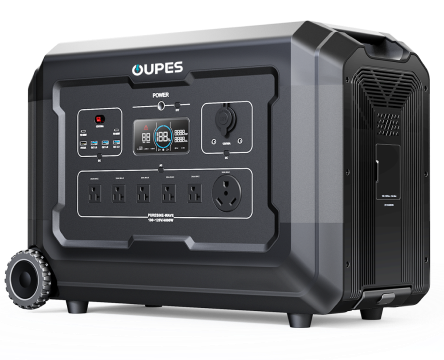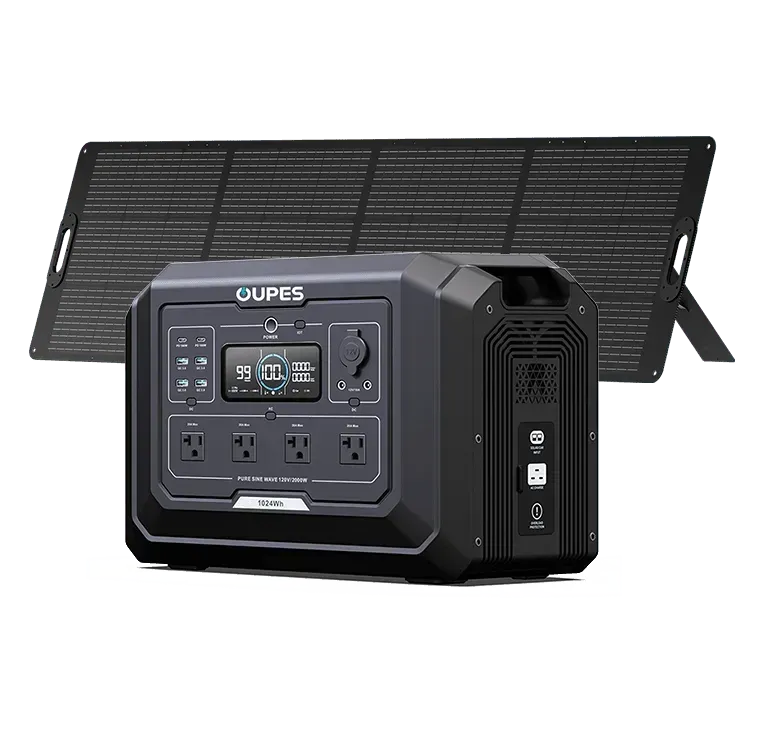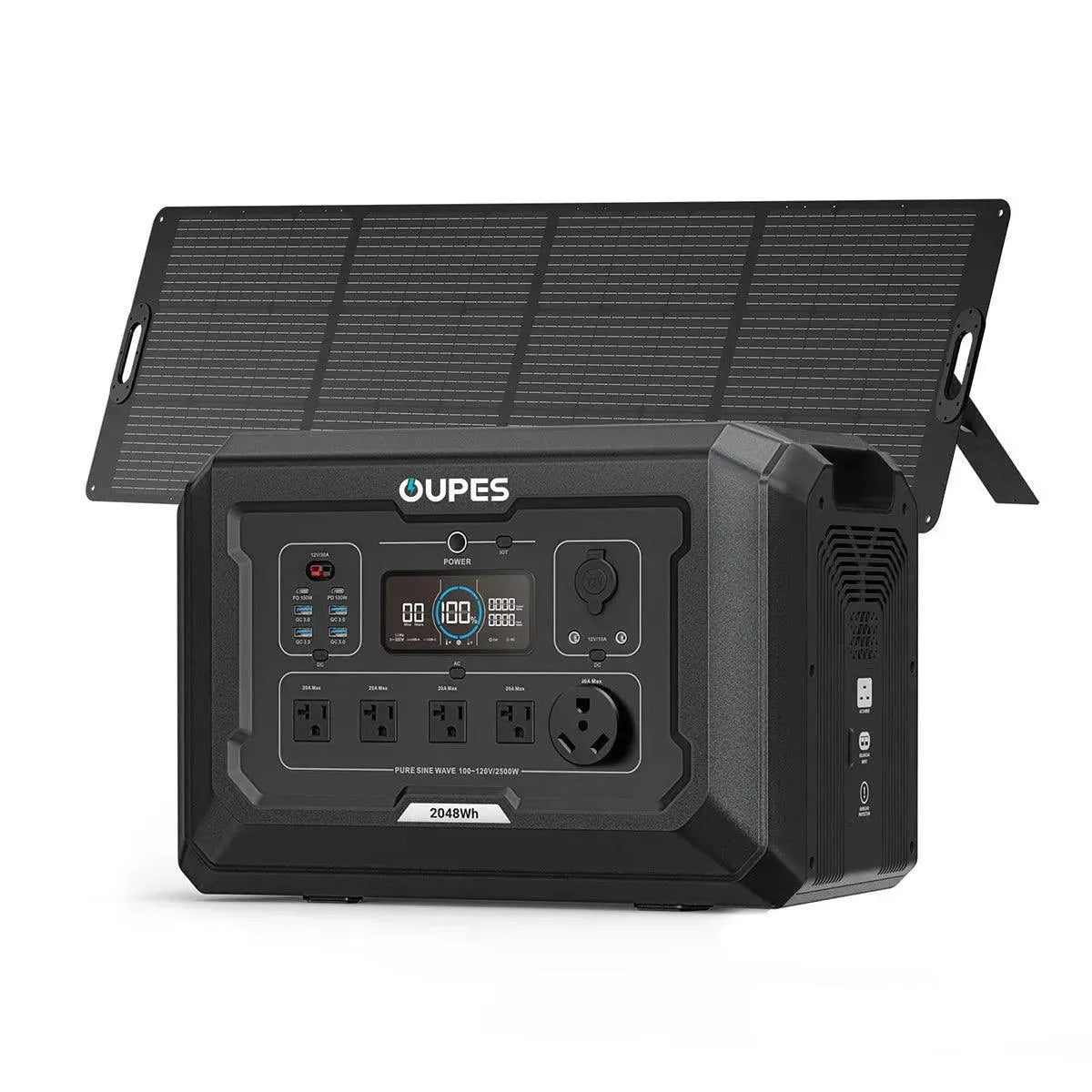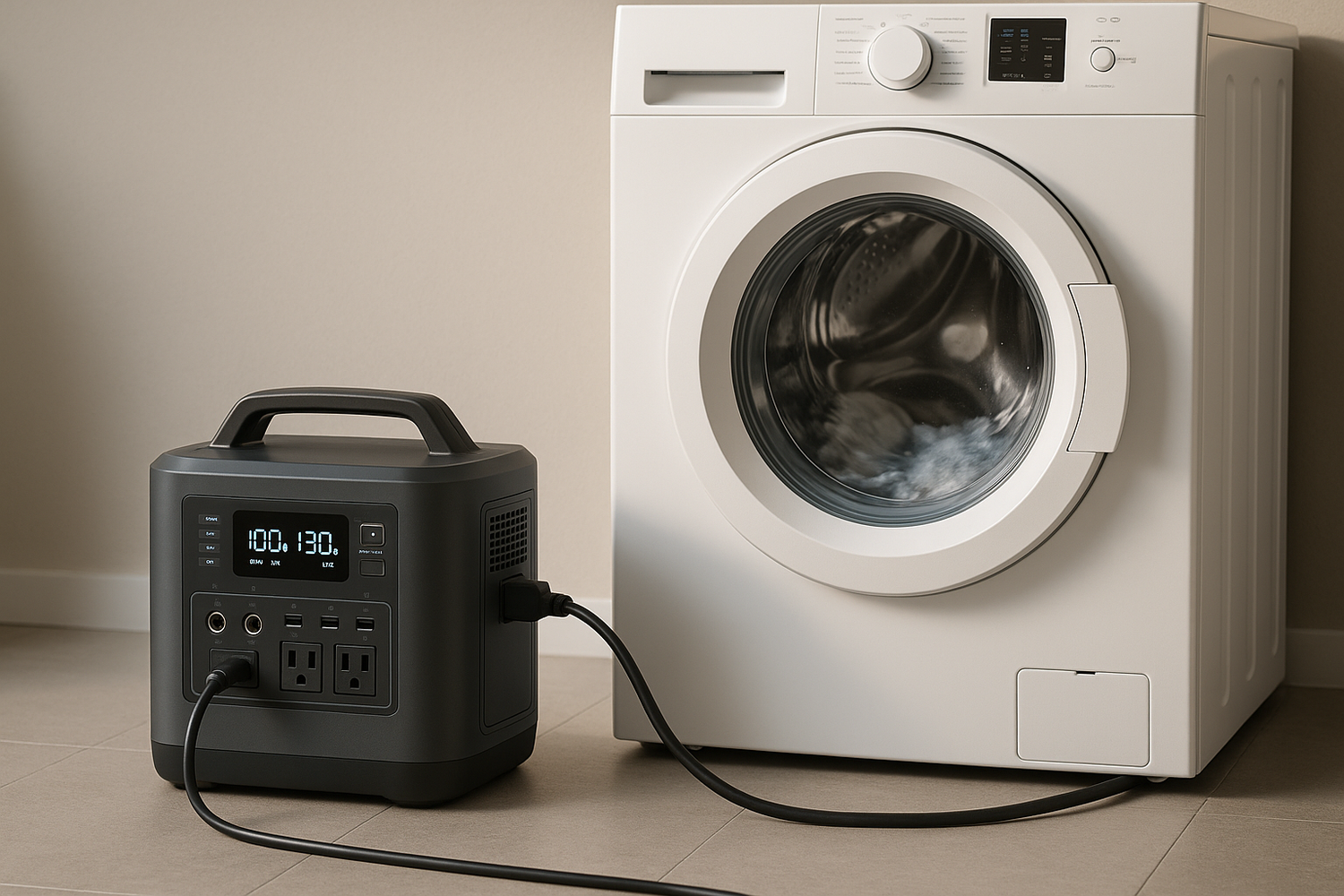As more households and outdoor enthusiasts turn to portable solar generators for reliable power solutions, it's important to understand the built-in safety and continuity features these systems provide. Two terms often mentioned are UPS (Uninterruptible Power Supply) and EPS (Emergency Power Supply). While they may sound similar, they serve different purposes and offer different levels of protection for your appliances. In this article, we’ll explain the differences between UPS and EPS, how they work in the context of solar generators, and what to expect from your OUPES power station.
What Is UPS (Uninterruptible Power Supply)?
UPS stands for Uninterruptible Power Supply. It is a system designed to provide instantaneous backup power to connected devices when the main power source fails. A true UPS system features a zero-delay or very low transfer time—typically less than 10 milliseconds—which ensures sensitive electronics like servers, computers, medical equipment, or communication systems stay powered on without rebooting or data loss.
UPS systems are widely used in critical infrastructure settings where even a fraction of a second of power loss can cause significant disruption or damage. The main components usually include a battery bank, an inverter, and a real-time switch that seamlessly transfers power between the grid and the backup system.
What Is EPS (Emergency Power Supply)?
EPS stands for Emergency Power Supply. Unlike UPS, an EPS is designed for situations where a brief interruption in power is acceptable. When the main grid power fails, the EPS system kicks in after a short delay—typically between 20 to 30 milliseconds—to restore power. This brief delay is usually not noticeable for non-sensitive appliances such as lights, fans, TVs, or small refrigerators.
EPS systems are ideal for backup power in non-critical scenarios, such as home backup, outdoor activities, or emergency preparedness kits. They offer a more affordable and energy-efficient alternative to UPS, especially when powering everyday appliances that don't require continuous, uninterrupted power.
UPS vs EPS: What’s the Difference?
| Feature | UPS | EPS |
|---|---|---|
| Full Name | Uninterruptible Power Supply | Emergency Power Supply |
| Power Transfer Time | 0–10ms (instantaneous) | 20–30ms (slight delay) |
| Usage Scenario | Medical equipment, servers, computers | Lighting, fans, kitchen appliances |
| Sensitivity to Delay | No delay allowed | Short delay acceptable |
| Complexity & Cost | Higher | Lower |
Do OUPES Power Stations Have UPS or EPS?
OUPES portable power stations, including the OUPES Mega series, are engineered with EPS functionality. This means that when the power from the wall outlet or grid fails, the power station can automatically switch to battery mode and continue powering connected devices. The slight delay during the switch (typically under 30 milliseconds) is suitable for most non-critical appliances and ensures that you remain powered up during outages.
While these power stations are not classified as full UPS systems, they offer sufficient protection for household electronics, home backup, and emergency power needs. It's important to note that sensitive electronics like desktops or medical devices may still require a dedicated UPS system if uninterrupted power is absolutely essential.
How EPS Works in a Solar Generator
In an EPS-enabled solar generator like those from OUPES, the device remains plugged into a wall outlet or solar panel for charging. You can simultaneously connect appliances to the AC output ports. In the event of a power outage, the unit’s internal inverter switches from grid power to battery power.
Here’s a simplified overview of the process:
- The unit is connected to grid or solar input for charging.
- AC-powered devices are plugged into the unit’s output ports.
- If input power is lost, the inverter automatically switches to battery mode within 20–30ms.
- The connected devices continue to receive power without manual intervention.
Benefits of EPS in OUPES Portable Power Stations
- Hands-Free Switching: No manual reset required when the grid goes down.
- Reliable Backup: Ideal for lights, refrigerators, fans, CPAP machines, and other home essentials.
- Energy Efficiency: Power is only used when needed, and the device can be turned off to prevent standby loss.
- Customizable Settings: Through the OUPES app, users can adjust standby time, monitor battery health, and optimize usage.
Limitations and Best Practices
Although EPS functionality provides essential backup, there are some limitations to be aware of:
- Not suitable for ultra-sensitive electronics that can’t tolerate power interruptions.
- Switching delay may cause computers to reboot if not paired with an external UPS.
- To prevent overloads, distribute the power load evenly and monitor total wattage usage.
For best results, always check the power requirements of your devices and ensure they fall within the output capacity of your OUPES power station. Also, keep your firmware and mobile app updated for optimal performance and feature access.
Conclusion
Understanding the difference between UPS and EPS is crucial when evaluating the backup capabilities of a portable solar generator. OUPES power stations offer reliable EPS support, making them ideal for emergency use, home backup, and outdoor activities. While not designed to replace a professional-grade UPS, they provide a practical and efficient solution for most daily power needs. With the right expectations and proper usage, your OUPES power station can keep you powered and prepared for any situation.

































Leave a comment
This site is protected by hCaptcha and the hCaptcha Privacy Policy and Terms of Service apply.